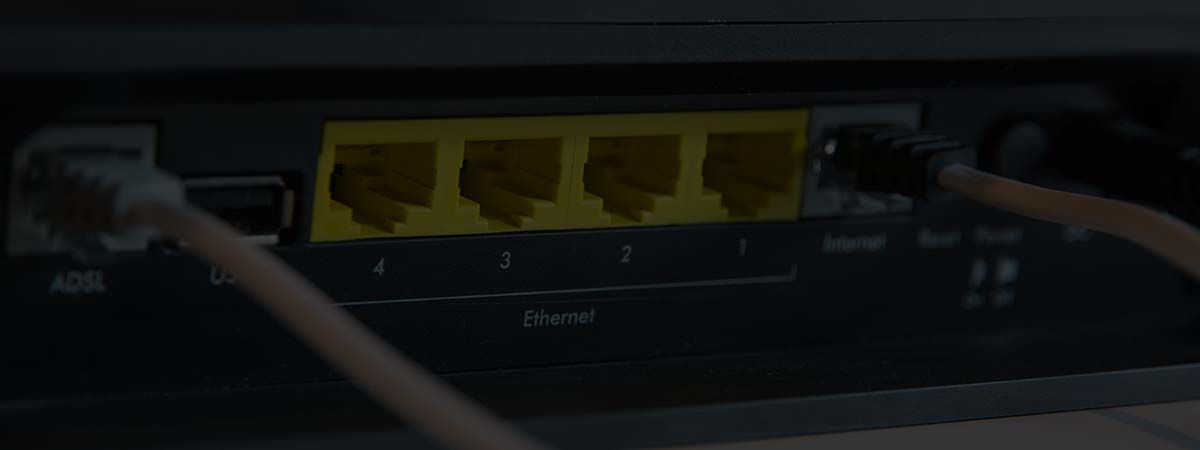
In the realm of broadband internet, Digital Subscriber Line (DSL) technologies have been at the forefront, offering reliable and high-speed connections to millions of users worldwide. DSL encompasses various technologies that utilize existing copper telephone lines to deliver fast internet access. Understanding the different types of DSL technologies is crucial in navigating the broadband landscape. According to recent data, DSL technologies serve approximately 40% of global broadband subscribers, highlighting their continued significance.
This article will delve into the diverse world of DSL technologies, exploring what is DLS and what are their unique characteristics, benefits, and applications.
What is DSL (Digital Subscriber Line)?
DSL, which stands for Digital Subscriber Line, is a popular broadband internet technology that utilizes existing copper telephone lines to provide high-speed internet access. It revolutionized the internet landscape by enabling faster data transmission rates than traditional dial-up connections. DSL technology allows users to simultaneously access the internet while making phone calls on the same line.
DSL operates by dividing the existing telephone line's bandwidth into separate channels. This division enables the transmission of digital data and voice signals simultaneously. DSL allows users to enjoy internet connectivity without disrupting their telephone service by utilizing different frequencies for voice and data.
Asymmetric Digital Subscriber Line (ADSL)
Introduction and Purpose
ADSL is one of the most widely adopted DSL technologies for residential and small business users. It provides:
- Faster downstream speeds than upstream speeds.
- Making it suitable for web browsing.
- Video streaming.
- Downloading applications.
Characteristics and Benefits
ADSL offers higher downstream bandwidth for receiving data, enabling faster download speeds. It employs frequency division multiplexing (FDM) to separate voice and data signals, allowing simultaneous internet access and voice calls over the same line.
Applications and Limitations
ADSL is ideal for users who require high download speeds for activities like media consumption and online gaming. However, its limited upstream bandwidth makes it less suitable for applications that require extensive data uploading, such as large file transfers or video conferencing.
Symmetric Digital Subscriber Line (SDSL)
Introduction and Purpose
SDSL is a DSL technology that provides equal upstream and downstream speeds, making it suitable for home and business users requiring balanced data transfer capabilities. It offers reliable connectivity for video conferencing, cloud services, and online collaboration applications.
Characteristics and Benefits
SDSL ensures symmetrical data transfer, allowing users to upload and download files simultaneously. Balanced bandwidth benefits real-time data sharing, remote work, and cloud-based applications.
Applications and Limitations
SDSL is widely used in business environments where symmetrical data transfer is crucial, such as in offices, co-working spaces, and small-to-medium enterprises. However, SDSL availability may be limited in specific regions and offer different high speeds than other DSL technologies.
Very High Bit Rate Digital Subscriber Line (VDSL)
Introduction and Purpose
VDSL is another DSL technology that provides higher data rates than ADSL and SDSL. It is designed to deliver faster internet speeds over shorter distances, making it suitable for densely populated areas near telephone exchanges.
Characteristics and Benefits
VDSL offers faster download and upload speeds, enabling bandwidth-intensive activities such as video streaming, online gaming, and simultaneous use of multiple devices. It utilizes advanced modulation techniques and higher frequencies to achieve enhanced performance.
Applications and Limitations
VDSL is well-suited for users who require ultra-fast internet speeds and engage in activities that demand substantial bandwidth. However, its performance may degrade over longer distances, limiting availability in areas far from telephone exchanges.
Bonded DSL (BDSL)
Introduction and Purpose
Bonded DSL, or DSL bonding, combines multiple DSL lines to increase bandwidth and reliability. It utilizes specialized equipment to aggregate the capacity of multiple lines, delivering enhanced performance.
Characteristics and Benefits
BDSL offers higher speeds and greater bandwidth by bonding two or more DSL lines. It provides improved reliability, load balancing, and redundancy, making it suitable for businesses with high bandwidth requirements and uninterrupted connectivity.
Applications and Limitations
BDSL is commonly used in businesses, enterprises, and organizations that require robust and high-speed connectivity for data-intensive operations, virtual private networks (VPNs), and multimedia applications. However, BDSL availability may vary depending on the service providers and infrastructure in a specific area.
Rate-Adaptive Digital Subscriber Line (RADSL)
Introduction and Purpose
RADSL is a DSL technology that adapts its data rate based on the quality and length of the telephone line. It dynamically adjusts the transmission speed to optimize performance and stability, providing a reliable connection for users.
Characteristics and Benefits
RADSL offers flexibility by automatically adjusting the data rate to accommodate line conditions. It ensures reliable performance in varying line conditions, minimizing signal degradation or interference. RADSL is suitable for users who require a stable connection over long distances or in areas with varying line quality.
Applications and Limitations
RADSL is commonly utilized in residential and business settings where line quality may vary. It provides a reliable connection for web browsing, email, and streaming services. However, RADSL may offer lower speeds than other DSL technologies that provide dedicated bandwidth.
Conclusion
DSL technologies have evolved to cater to different needs and requirements in the broadband landscape. Whether it's the downstream-focused ADSL, the balanced performance of SDSL, the high-speed capabilities of VDSL, the aggregated bandwidth of BDSL, or the adaptive nature of RADSL, each type of DSL technology offers unique benefits and applications. Understanding these types enables individuals and businesses to make informed decisions when choosing the most suitable DSL technology for their connectivity needs.

